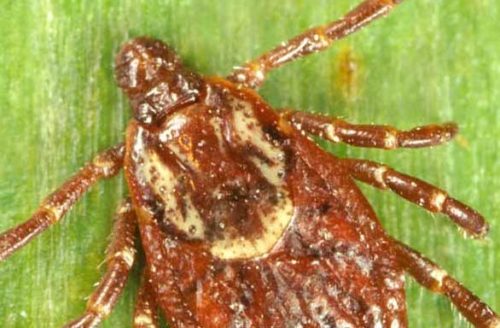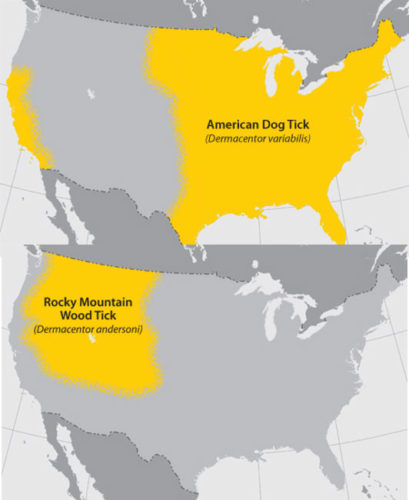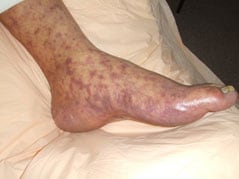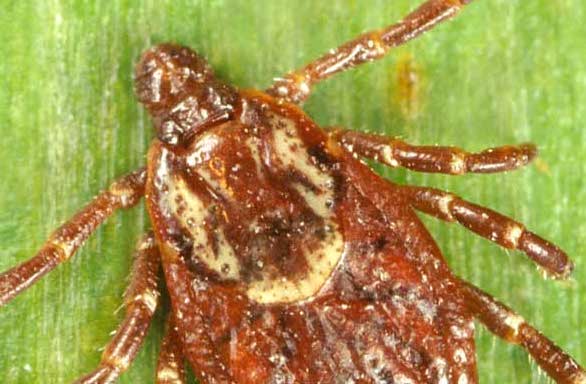
Rocky Mountain spotted fever (RMSF) is a bacterial disease spread through the bite of an infected tick. Most people who get sick with RMSF will have a fever, headache, and rash. RMSF can be deadly if not treated early with the right antibiotic.
Be warned, kids can spike a temperature up to 104 degrees and the doctors often miss it because of strep-positive tests. There is one confirmed cure for RMSF but by the time it’s been diagnosed it can be too late for it to be effective. (Read story of two-year old who contacted RMSF and was misdiagnosed and died here.)
Doxycycline
- Doxycycline is the most effective antibiotic for the treatment of suspected rickettsial infections, including Rocky Mountain spotted fever (RMSF).
- Delay in treatment of rickettsial diseases may lead to severe illness or death. Children are five times more likely than adults to die from RMSF.
- Misperceptions about the use of doxycycline for children prevent kids from getting lifesaving treatment.
- Doctors often avoid prescribing doxycycline to young children because of a warning that tooth staining may occur when used in children less than 8 years old.
- In a recent study, experts at the CDC and Indian Health Service (IHS) found that short courses of the antibiotic doxycycline can be used in children without causing tooth staining or weakening of tooth enamel.
Rocky Mountain spotted fever is a serious tickborne illness which can be deadly if not treated early. It is spread by several species of ticks in the United States, including the American dog tick (Dermacentor variabilis) Cdc-pdf[PDF – 1 page],Rocky Mountain wood tick (Dermacentor andersoni) Cdc-pdf[PDF – 1 page], and, in parts of the southwestern United States and Mexico, the brown dog tick (Rhipicephalus sanguineus) Cdc-pdf[PDF – 1 page].

RMSF cases occur throughout the United States, but are most commonly reported from North Carolina, Tennessee, Missouri, Arkansas, and Oklahoma.
Early signs and symptoms are not specific to RMSF (including fever and headache). However, the disease can rapidly progress to a serious and life-threatening illness. See your healthcare provider if you become ill after having been bitten by a tick or having been in the woods or in areas with high brush where ticks commonly live.
Signs and symptoms can include:
- Fever
- Headache
- Rash
- Nausea
- Vomiting
- Stomach pain
- Muscle pain
- Lack of appetite
Rash

Rash is a common sign in people who are sick with RMSF. Rash usually develops 2-4 days after fever begins. The look of the rash can vary widely over the course of illness. Some rashes can look like red splotches and some look like pinpoint dots. While almost all patients with RMSF will develop a rash, it often does not appear early in illness, which can make RMSF difficult to diagnose.
Long-term Health Problems
- RMSF does not result in chronic or persistent infections.
- Some patients who recover from severe RMSF may be left with permanent damage, including amputation of arms, legs, fingers, or toes (from damage to blood vessels in these areas); hearing loss; paralysis; or mental disability. Any permanent damage is caused by the acute illness and does not result from a chronic infection.
